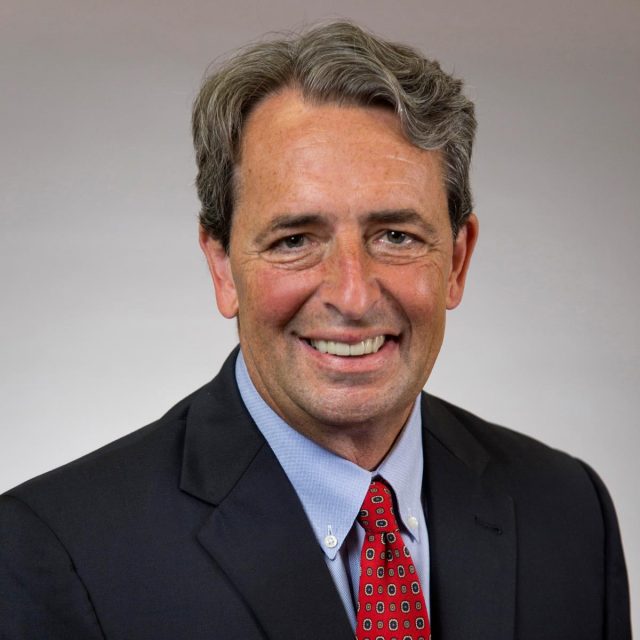The death of a prominent person, especially an artist as talented as Philip Seymour Hoffman, shocks us all. Hoffman’s powerful performances have made him a larger-than-life figure, and it seems terribly wrong that he could end this way. We would have stood in line to watch Hoffman play this part on the big screen, instead we’re left to wonder why yet another gifted individual is lost to opioid addiction.
There is no denying that public figures often face more of the pressures (and opportunities) that can lead to substance use. But addiction—to alcohol, heroin or other drugs—is an equal-opportunity disease. It sickens and kills smart, strong people who have access to great medical care, and it kills folks who have the misfortune to be denied all these positive things in their lives.
We’ve made enormous strides in understanding the nature of addiction, through deeper research into brain chemistry, the role of genetics and other key factors. All of this progress is small comfort to those who mourn Hoffman, or to the parent, child, sibling, friend or partner who loses a loved one to addiction. So, what can we do to give people who live with alcohol and drug conditions a greater chance of survival?
First, we as a society can make better use of the tools we have, starting with addiction medicines. Along with those that have been in use for many years (such as methadone and Antabuse), we have buprenorphine for opioid dependence, acamprosate for alcohol dependence, and naltrexone (oral and extended-release injection) for either opioid or alcohol dependence. Not every patient is a candidate for medication. But for those who are, addiction medicine along with counseling and other supports can be lifesaving.
Second, employers and medical professionals can work together with insurance companies and government agencies to ensure patients and their families get the healthcare and social services they need. Just as the patient with hypertension must be offered guidance about diet, lifestyle choices, and medication when indicated, the person who is dependent on alcohol and drugs and the person who uses substances and who lives with mental illness, must have access to the treatments that can help manage their life-threatening conditions.
Finally, and of crucial importance: We must do all everything we can to bring down the wall of stigma that still surrounds people whose health is compromised by substance use.
This means:
–Using language that accurately refers to alcohol, drug and mental health conditions as a public health problem, not a syndrome, not a character flaw, not a lack of willpower.
–Working with agencies that want to bring good residential programs and outpatient clinics to our communities. Concerns about negative changes to a neighborhood are fair concerns, but when a group of residents is willing to work closely with a healthcare facility, boundaries and quality of life can be preserved for all.
–Questioning proposed laws, healthcare coverage and other regulations that reduce opportunities for people to get proper care for addiction and/or mental illness.
–Supporting the efforts by family, friends, co-workers, neighbors who are doing the hard work of reaching and sustaining recovery.
CODA’s website includes a useful Question & Answer page that can help answer some questions about substance use and, we hope, provide information to help reduce the prejudices that stand in the way of recovery. An individual really can make a difference. I invite you to join the entire CODA staff in this important work.
 Tim Hartnett is Executive Director of CODA, Inc. He serves on the Oregon Alcohol and Drug Policy Commission and the Oregon Prevention, Education and Recovery Association. Hartnett is also an adjunct faculty member in the Portland State University School of Social Work.
Tim Hartnett is Executive Director of CODA, Inc. He serves on the Oregon Alcohol and Drug Policy Commission and the Oregon Prevention, Education and Recovery Association. Hartnett is also an adjunct faculty member in the Portland State University School of Social Work.
(An edited version of this blog post appears on The Lund Report, which is also home to breaking news and opinion columns on healthcare in Oregon.)